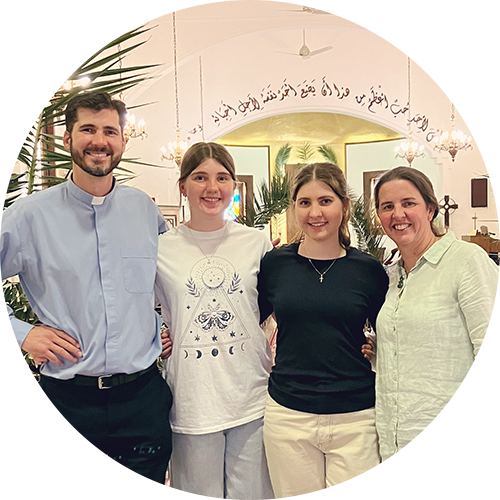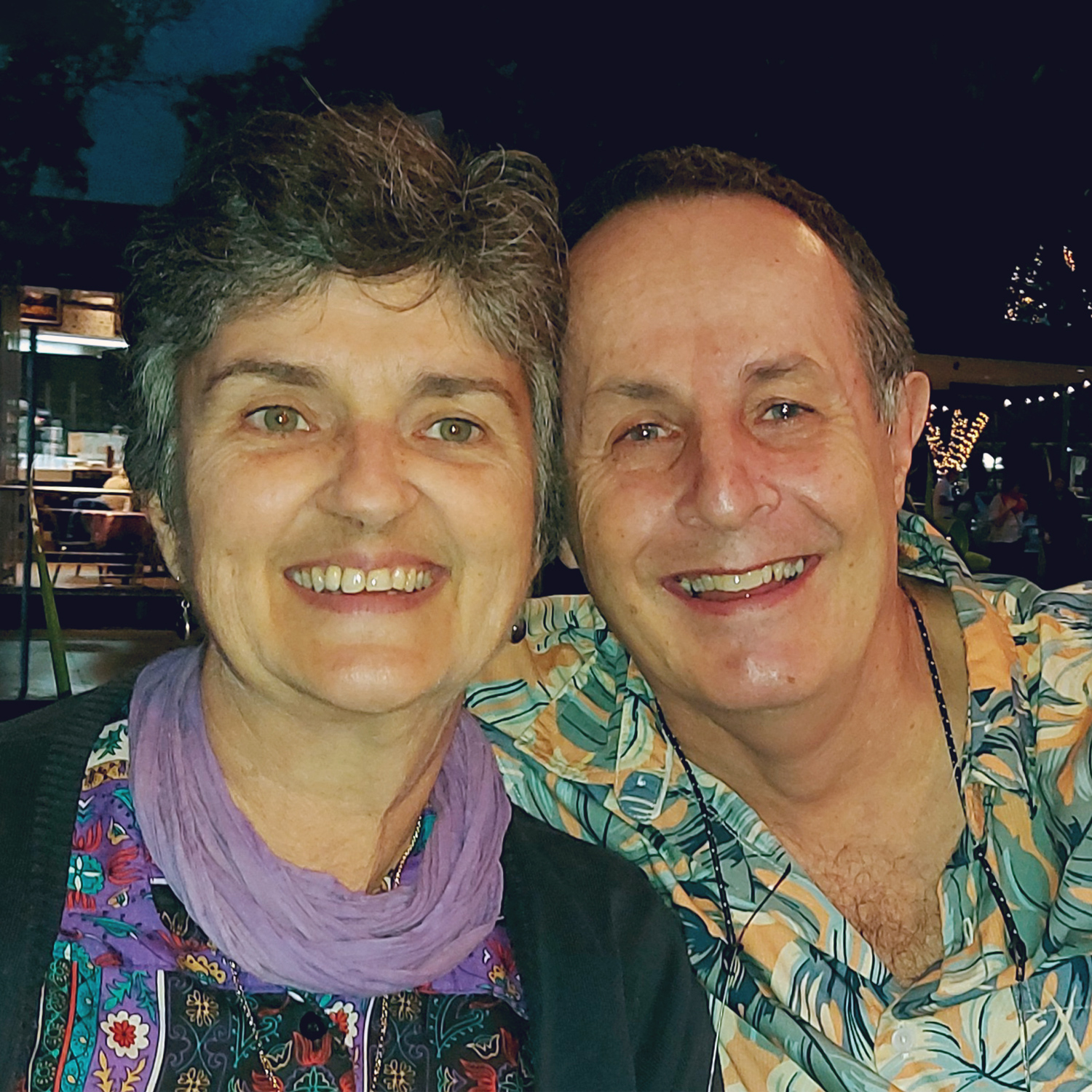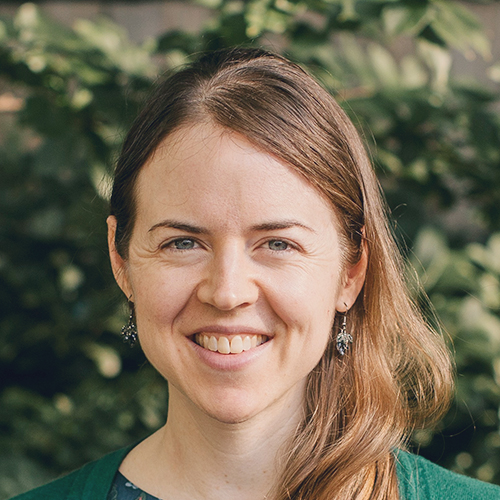Identity and Mission. Article Four of Six: Identity and Contextualisation
David Williams is Director of Training and Development for CMS. In this the fourth of six articles on ‘Identity and Mission’, he introduces his topic with some reflections on ‘Identity Crisis’. Article 1, ‘Identity Crisis’, is here. Article 2, ‘Identity and Mission’, is here. Article 3, ‘Identity and Scripture’, is here.
In the first three articles in this series, I highlighted the importance of finding an identity in Christ, the way in which identity is constructed out of social relationships and the significance of finding an identity both in Christ and with His people. I ended by raising a question asked by William Dyrness: “Might not [other religions] represent potential places where Christ can be encountered and God’s project worked out?”[1]
This question lies at the heart of insider movement theology. As we have seen, when a person comes to faith in Christ from another religious context, they face a huge challenge as they establish their identity in Christ. Identity has been a central issue in the debate about C1-C6 Muslim contextualisation. The original C1-C6 article by John Travis described ways that people who were born and raised as Muslims now identified themselves, having confessed Jesus as Lord.[2] C1-3 believers identify themselves as Christians. C4 believers identify themselves as followers of Isa—they would typically not use the label Christian but would certainly not call themselves Muslims. C5 believers are those “who follow Jesus as Lord and Saviour in fellowships of like-minded believers within the Muslim community, continuing to identify culturally and officially as Muslims.”[3] C6 are secret or underground believers. These distinctions extend to the identity created as believers gather. C3 gatherings avoid any cultural forms considered Islamic. C4 gatherings include biblically permissible Islamic forms. C5 gatherings take place within Muslim contexts, including within mosques.
In earlier articles I argued that finding an identity in Christ cannot be separated from finding an identity with Christ’s people. My identity in Christ is about who I am, who I am becoming and who I belong with. However, this does not mean that finding an identity in Christ requires a person to identify as ‘Christian’—or at least not without first providing careful clarification and definition of what ‘Christian’ means. If ‘Christian’ means something like ‘alcohol-drinking, pork-eating, supporter of USA’s foreign policy’ then of course I can be in Christ without being that sort of Christian. If ‘Christian’ means appreciating liturgy, hymns and a Pastor in a dog collar, again I can be in Christ without being that sort of Christian. However, I cannot claim to be united with Christ if I am not also united with Christ’s people. The two are inseparable. This unity has an eschatological reality. However, the New Testament also expects that this unity will have an embodied, local dimension. The Hebrew Christians were expected to keep up the habit of meeting together, even though some had suffered the confiscation of their property and others had been imprisoned (Hebrews 10:19-34).
What, then, does it look like to find an identity in Christ and with Christ’s people? It looks cruciform. To be in Christ is to be united with Christ in his death and resurrection. To be with Christ’s people is to belong with those whose lives are cross-shaped. This cross-shaped community is largely defined by Scripture in terms of holiness, characterised by love, grace and the fruit of the Spirit—and is remarkably free of cultural prescriptions.[4] However, the New Testament clearly imagines that this cruciform identity involves a public confession of Christ as Lord and a genuine embodied identification with Christ’s people. So, who am I? I am united with Christ in his death and resurrection. Who am I becoming? I am becoming cruciform, daily taking up my cross to follow Jesus. Who do I belong with? I belong with a cruciform local community of fellow cross-carriers.
But let’s be clear—proponents of C5 contextualisation argue that this is possible from a C5 position. Using the C5 definition from earlier—those “who follow Jesus as Lord and Saviour in fellowships of like-minded believers within the Muslim community, continuing to identify culturally and officially as Muslims”[5]—C5 proponents might argue that Jesus has been confessed as Lord and a fellowship of like-minded believers has been joined. The question we are then left with is: “is it valid to do this while still identifying culturally and officially as Muslim?”
How we answer this question will depend on other theological themes—for example, our theology of religion, how positive or negative we are towards human cultures, and what we define as religious or cultural. The structure of Dyrness’s argument in Insider Jesus is to argue that Western theology has unhelpfully ignored creation and over-emphasised redemption; then to argue that humans are culture creators and that world religions can be an expression of humans using their God-given creativity, albeit in limited or mistaken ways; and then to argue that the God of the Bible can be found and even followed within other religions.[6]
This highlights an issue that I come across over and over again in missiology: what you think about a missiological issue depends so much on a series of prior theological decisions and commitments you have made.[7] In this case, I question the validity of making a separation between creation and redemption. As John Woodhouse points out, the creation narrative includes a focus on judgement and creation is renewed by redemption.[8] Creation and redemption are held together in Scripture, not apart. Similarly, Dyrness argues for a positive view of other religions based largely on a positive view of Judaism – but I question the validity of comparing other religions with Judaism.
However, while I have many questions about Insider Jesus, I recognise that mission needs to engage with the fundamental identity questions that believers from other religious backgrounds are asking. My provisional answer is to attempt to broaden the question from ‘who am I?’ to ‘who am I becoming and who do I belong with?’ And then to say ‘I am becoming cruciform and I belong with a cruciform people.’ I will try and flesh this out in greater detail in the next article.
References Cited:
Cumming, Joseph. “Muslim Followers of Jesus?”. In Understanding Insider Movements: Disciples of Jesus within Diverse Religious Communities, edited by John Jay Travis and Harley Talman. Pasadena, CA: William Carey Library, 2015.
Dyrness, William A. Insider Jesus: Theological Reflections on New Christian Movements. Downers Grove IL: InterVarsity Press, 2016.
Travis, John Jay. “Must All Muslims Leave Islam to Follow Jesus?”. Evangelical Missions Quarterly 34, no. 4 (1998): 411-15.
Woodhouse, John. “Evangelism and Social Responsibility.” In Christians in Society, 3-26. Homebush West, NSW: Lancer Books, 1988.
[1] William A. Dyrness, Insider Jesus: Theological Reflections on New Christian Movements (Downers Grove IL: InterVarsity Press, 2016), 67.
[2] John Jay Travis, “Must All Muslims Leave Islam to Follow Jesus?,” Evangelical Missions Quarterly 34, no. 4 (1998).
[3] Joseph Cumming, “Muslim Followers of Jesus?,” in Understanding Insider Movements: Disciples of Jesus within Diverse Religious Communities, ed. John Jay Travis and Harley Talman (Pasadena, CA: William Carey Library, 2015), 26.
[4] The New Testament records a number of significant battles around cultural prescriptions, especially freedom from circumcision and food laws.
[5] Cumming, “Muslim Followers of Jesus?,” 26.
[6] Dyrness, Insider Jesus: Theological Reflections on New Christian Movements.
[7] Which is one reason why it is so important that CMS requires our workers to complete at least a year at Bible College.
[8] John Woodhouse, “Evangelism and Social Responsibility,” in Christians in Society (Homebush West, NSW: Lancer Books, 1988), 20-21.












































































































